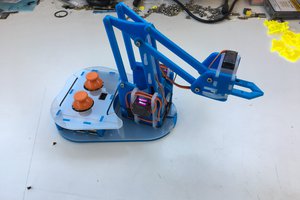The full instructions and files are finally written and available! I apologize for this taking so long!
The instructions, as is, work for Raspbian Wheezy, Jessie, and Jessie Lite on any Pi B, B+, or Pi 2.
As of Jessie, Raspbian uses systemd, which makes many of these settings easier to do by hand than messing with IPtables. Since systemd is the new standard that most Linux distros are using, I will be rewriting these scripts to take advantage of this fact. Again, the current instructions still work just fine.
I will also explore why the specific version of Hostapd is necessary and why the default version will not work. I will update as I do each of these things I mentioned above.
Thanks for following!
Thomas
 Thomas
Thomas











 Dmitry
Dmitry
 Chris
Chris

 Mime Industries
Mime Industries
how prevent DDoS on this node? This is knowing operations for deanonymity node. How prevent?